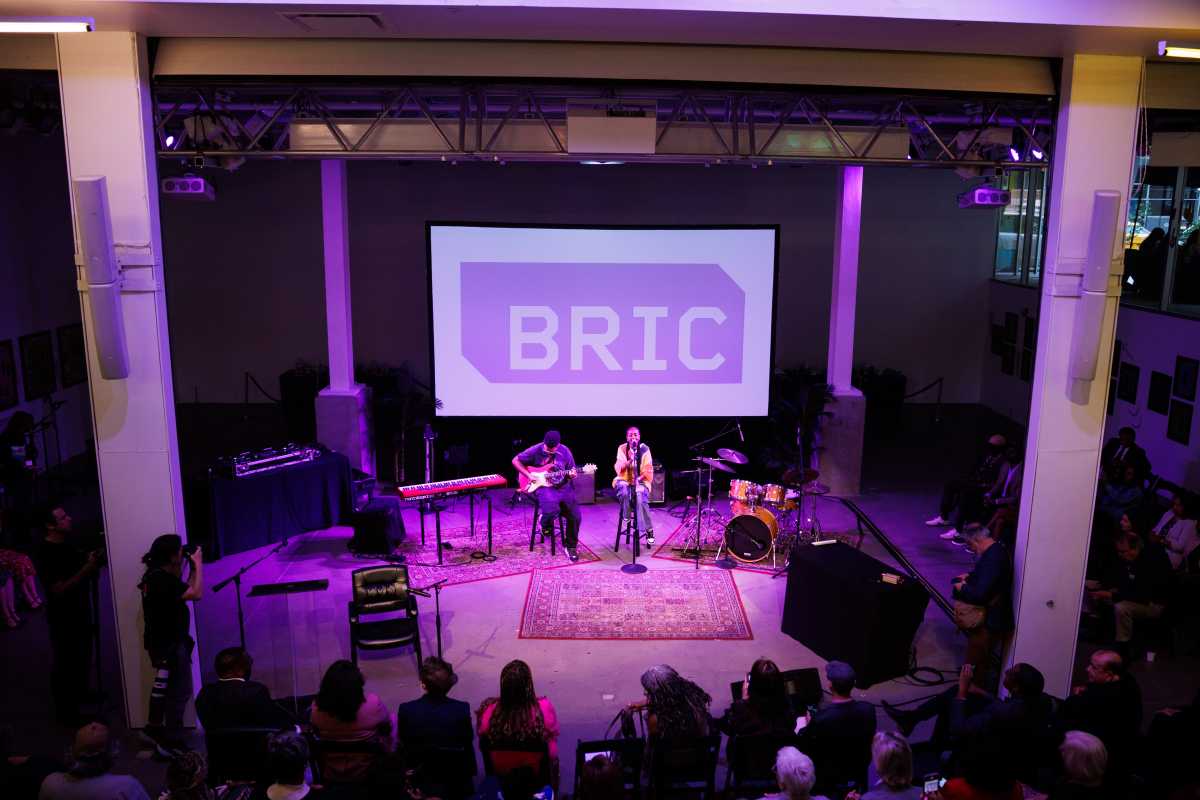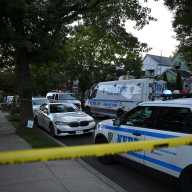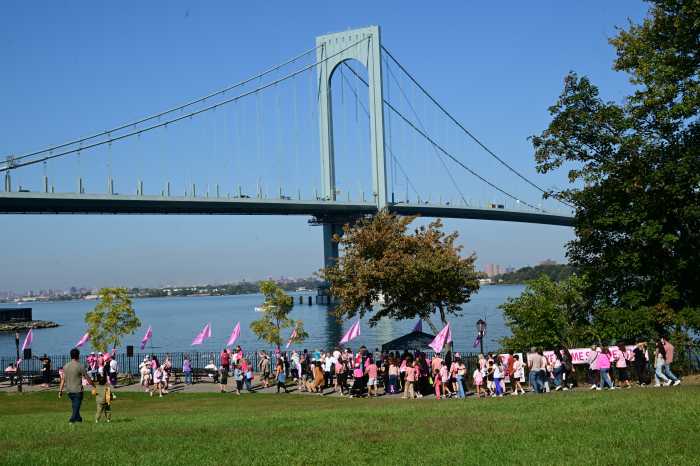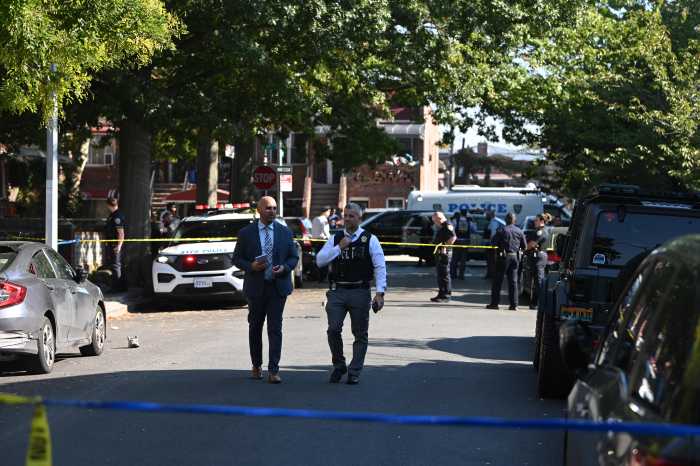
When you close the bathroom door in Palmira Ramos’s two-bedroom Red Hook East public housing apartment, paint chips tend to fall from a crack by the frame. Ramos caught her four-year-old granddaughter there a few weeks ago, a piece of wall in her mouth.
The four-year-old is a high-energy kid, who runs just a little too far ahead of her grandmother on the street; who hops up on Ramos’s walker impishly to show her a school project when they’re home. You can’t always stop a kid from being a kid, but at least families can rest easy figuring that walls or appliances on city property don’t provide easy access to dangerous materials, right?
Unfortunately New Yorkers learned just before Thanksgiving that for a four year period beginning in 2013, the New York City Housing Authority skipped mandatory inspections for lead paint.
NYCHA has a lead problem
There are approximately 55,000 NYCHA apartments where federal rules require regular lead checks. In approximately 4,200 apartments with children under six, city law requires annual inspections, too. But a November Department of Investigation report found that NYCHA had been shirking full compliance with those requirements ever since the federal rules shifted slightly in 2012. To make matters worse, NYCHA chair Shola Olatoye wrongly certified to federal authorities that the authority was in compliance. The U.S. Attorney’s Office for the Southern District of New York is also conducting an ongoing investigation reportedly including NYCHA lead and compliance issues.
What does this all mean to residents? NYCHA now promises that apartments with children under six will be inspected and necessary repairs made by early 2018 as mandated by local law. According to a spokeswoman, NYCHA representatives started knocking on doors in October to confirm that there may be lead issues. That can be disturbing information for families like Ramos’s, who said her apartment received such a visit.
It’s not the first time Ramos, 57, says she has dealt with lead. She came to New York from Puerto Rico over 20 years ago, and in an earlier apartment she noticed her daughter repeatedly scraping at a wall. She had the child tested for lead, which a doctor said was in her body but at a relatively low level. Still, the doctor told Ramos to move. About a year later she was able to, having hit the lottery for a NYCHA apartment: the one she lives in today, in Red Hook, perhaps not as free from lead as she had hoped decades ago.
A creeping problem
The complex was built in 1939, decades before lead paint was outlawed in New York City. A 2016 Daily News report found that NYCHA investigations discovered lead paint in more apartments in the complex than in any other development over a two-year period. Some Red Hook residents are involved in a pending federal class-action suit to have the lead removed and even collect monetary damages for those who suffered from the exposure.
Until now, lead might not even have been necessarily top of mind for many complex residents, who in recent years weathered Superstorm Sandy’s floods and mold infestations which got worse after the storm, according to a report from the nonprofit Red Hook Initiative.
For Ramos, who is retired from a career working in factories and eventually a Head Start program, the lead is just one more thing to worry about: another doctor’s appointment to schedule. NYCHA stresses that lead poisoning is at historic lows in NYC, and city officials have said only a handful of children in NYCHA apartments have been found with elevated lead in recent years. But Ramos, like thousands of other NYCHA residents, is still waiting for plaster to cover up holes, let alone full lead abatement.
“That’s NYCHA,” she said on a recent visit, shrugging her shoulders at the flaking paint and gaping holes in the wall. She has tried to decorate the apartment around its inadequacies: a fading floral trim, for example, that Ramos hopes to someday replace around the ceiling. She tries not to think about whether her granddaughter has snuck other bites of paint flakes unnoticed, even though the apartment is crowded with Ramos’s son, daughter, and grandson. She herself sleeps on a living room couch, in view of the long gash next to the bathroom door.
“People don’t deserve to live like this,” she says.


































